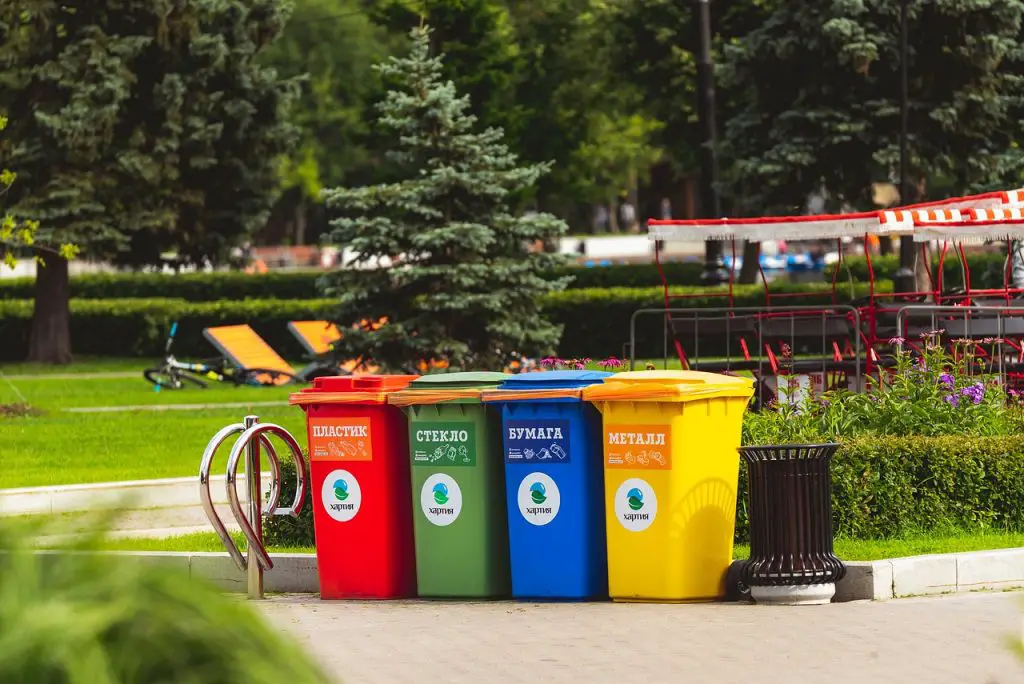Recycling is the process of converting waste materials into new products, reducing the amount of waste sent to landfills and conserving natural resources. There are three main types of recycling: primary, secondary, and tertiary recycling.
Primary Recycling
Primary recycling, also known as closed-loop recycling, involves the collection, sorting, and processing of waste materials into new products of the same type. For example, aluminum cans are collected, sorted, melted down, and formed into new aluminum cans. This type of recycling helps conserve natural resources, reduce greenhouse gas emissions, and reduce energy consumption compared to producing new materials from raw resources.
Advantages of Primary Recycling:
Resource Conservation: Primary recycling helps conserve natural resources by reducing the demand for new materials. For example, recycling aluminum cans conserves bauxite ore, which is used to produce aluminum.
Energy Efficiency: Primary recycling is often more energy-efficient compared to producing new materials from raw resources. For example, producing aluminum from recycled aluminum cans requires 95% less energy compared to producing aluminum from bauxite ore.
Reduced Greenhouse Gas Emissions: Primary recycling helps reduce greenhouse gas emissions compared to producing new materials from raw resources. For example, recycling aluminum cans reduces the emissions associated with bauxite mining, refining, and smelting.
Disadvantages of Primary Recycling:
Collection and Sorting: Primary recycling requires the collection and sorting of waste materials, which can be labor-intensive and expensive. In addition, the collection and sorting process can generate additional waste, such as plastic bags used to collect and transport recyclables.
Processing Costs: Primary recycling often requires specialized processing facilities and equipment, which can be expensive to build and operate. In addition, the processing of waste materials into new products can generate additional waste and emissions, such as the emissions associated with aluminum smelting.
Secondary Recycling
Secondary recycling, also known as downcycling, involves the collection, sorting, and processing of waste materials into new products of a lower quality or value compared to the original material. For example, plastic bottles are collected, sorted, and processed into plastic pellets, which can be used to produce plastic products of a lower quality or value, such as plastic trash bags.
Advantages of Secondary Recycling:
Resource Conservation: Secondary recycling helps conserve natural resources by reducing the demand for new materials. For example, recycling plastic bottles conserves petroleum, which is used to produce plastic.
Energy Efficiency: Secondary recycling is often more energy-efficient compared to producing new materials from raw resources. For example, producing plastic pellets from recycled plastic bottles requires less energy compared to producing plastic pellets from petroleum.
Reduced Greenhouse Gas Emissions: Secondary recycling helps reduce greenhouse gas emissions compared to producing new materials from raw resources. For example, recycling plastic bottles reduces the emissions associated with petroleum refining and plastic production.
Disadvantages of Secondary Recycling:
Collection and Sorting: Secondary recycling requires the collection and sorting of waste materials, which can be labor-intensive and expensive. In addition, the collection and sorting process can generate additional waste, such as plastic bags used to collect and transport recyclables.
Processing Costs: Secondary recycling often requires specialized processing facilities and equipment, which can be expensive to build and operate. In addition, the processing of waste materials into new products of a lower quality or value can result in a reduction in the value of the recycled material, making it more difficult to recycle in the future.
Tertiary Recycling
Tertiary recycling, also known as waste-to-energy or energy recovery, involves the conversion of waste materials into energy. This can be achieved through processes such as incineration or gasification, where waste materials are burned to produce heat or electricity. Tertiary recycling is often used as a last resort for waste materials that cannot be recycled through primary or secondary recycling methods.
Advantages of Tertiary Recycling:
Energy Generation: Tertiary recycling helps generate energy, reducing the demand for fossil fuels and other non-renewable energy sources.
Waste Reduction: Tertiary recycling helps reduce the amount of waste sent to landfills, conserving space and reducing environmental impact.
Emission Reduction: Tertiary recycling can help reduce greenhouse gas emissions, as waste materials that would otherwise be sent to landfills release methane, a potent greenhouse gas, as they decompose.
Disadvantages of Tertiary Recycling:
Emission Generation: Tertiary recycling can also generate emissions, such as air pollutants, when waste materials are burned to produce energy.
Energy Efficiency: Tertiary recycling is often less energy-efficient compared to primary and secondary recycling, as it requires additional energy to process the waste materials into energy.
Health and Environmental Concerns: Tertiary recycling can also raise health and environmental concerns, as the burning of waste materials can release toxic chemicals into the air and water.
In conclusion, primary, secondary, and tertiary recycling are three types of recycling that help conserve natural resources, reduce waste, and generate energy. Each type of recycling has its own advantages and disadvantages, and the best choice depends on the specific waste material and the desired outcome. While all three types of recycling play a role in creating a more sustainable future, primary and secondary recycling are generally considered to be the most environmentally friendly and sustainable, as they conserve resources and reduce waste while minimizing emissions and environmental impact.







